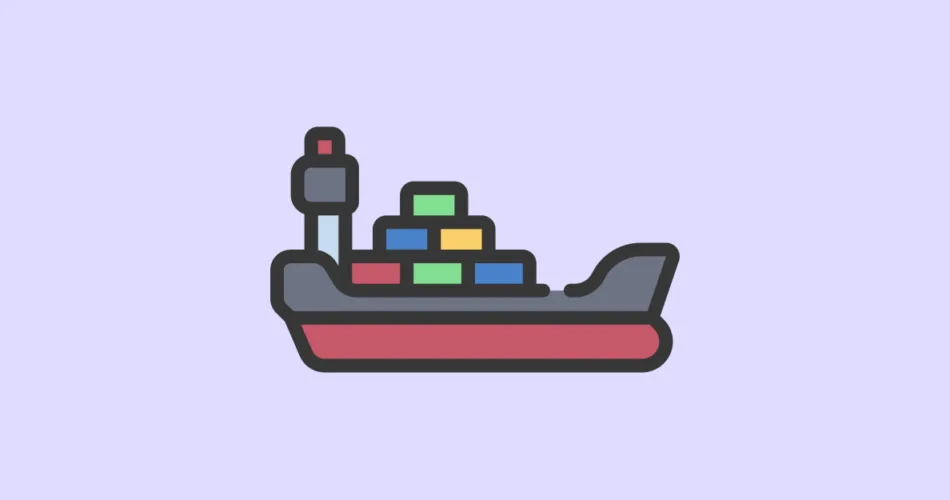Containerization has revolutionized how applications are deployed and managed. Tools like Docker and Kubernetes have become integral parts of modern software development. In this article, we will explore the importance of monitoring containers, Orchestration, and services within a microservices architecture.
Monitoring Containers
Containerization offers numerous advantages, such as portability, resource efficiency, and rapid deployment. However, monitoring containers is essential to ensure they function optimally. Here’s how you can effectively monitor containers:
- Metrics Collection: Utilize container monitoring agents like Prometheus, cAdvisor, or Docker Stats to collect vital container metrics such as CPU usage, memory utilization, and network activity.
- Orchestration Integration: If you are using container orchestration platforms like Kubernetes, leverage built-in monitoring features and tools such as kube-state-metrics to gather insights into the state of your containers.
- Logging: Implement containerized logging with tools like Fluentd, Logstash, or the ELK Stack to capture container logs. This is crucial for diagnosing issues and auditing container activity.
- Alerting: Set up alerting rules based on container metrics and log events to proactively address performance or availability problems.
Monitoring Services in Microservices Architecture
Microservices architecture is characterized by the decomposition of applications into smaller, loosely coupled services. Monitoring services within this architecture is essential for various reasons:
- Dependency Tracking: Microservices often rely on one another. Monitoring helps you trace dependencies and understand how services interact.
- Performance Analysis: You can identify performance bottlenecks, analyze response times, and optimize service performance through effective monitoring.
- Failure Detection: Monitor for service failures and errors to ensure that issues are detected and addressed promptly.
- Scaling: Scaling services based on actual usage patterns becomes more efficient with comprehensive monitoring data.
When monitoring services in a microservices architecture, consider the following:
- Instrumentation: Instrument your services to emit metrics, traces, and logs. Libraries like OpenTelemetry can help with standardized instrumentation.
- Service Discovery: If using dynamic service discovery (e.g., Kubernetes Service Discovery), monitor how services are discovered and communicate.
- Latency and Error Metrics: Track latency and error rates for each service to pinpoint performance issues and potential failures.
- Aggregation and Visualization: Aggregate data from various services and use visualization tools like Grafana or Kibana to gain insights and monitor service health.
In conclusion, monitoring containers and orchestration is critical for maintaining optimal system performance, reliability, and scalability. By collecting metrics, logs, and traces, you can gain valuable insights into the behavior of your containers and services, enabling you to make informed decisions and quickly respond to issues.
Subscribe to our email newsletter to get the latest posts delivered right to your email.


Comments